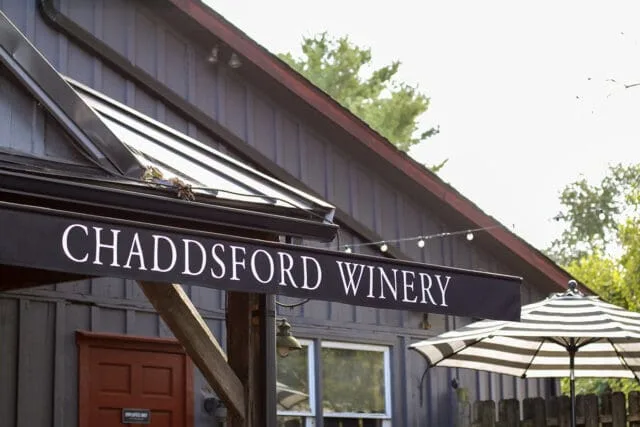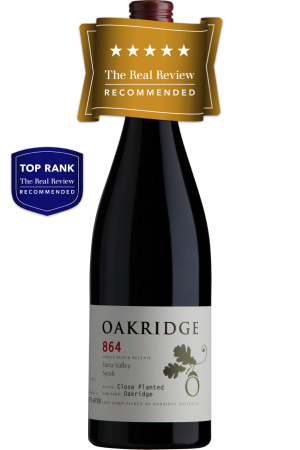I live in Poland, which means my home is in Eastern Europe. Most of us would take this as a simple statement of fact, hardly giving it another thought. Many are surprised to learn therefore that Austria, a country firmly placed in Western Europe, is slightly more to the east than the undeniably Eastern European Chechia. Prague is further to the west than Vienna. Slovenia and Croatia are way more Eastern European than western Greece, which lies due east from them.
Words and phrases describing places are never simply about facts, rather they are a manifestation how we see the world and our neighbours. Indeed, we need Eastern Europe because, as Edward Said teaches us, the opposition between west and east is a crucial fault line in how the world (and Europe) is constructed. Needless to say, west is good and modern, east is backward and undesirable. And we need Eastern Europe close to its western counterpart, so that we can be reminded of the West’s greatness. Incidentally, in Poland, we still ‘go to the West’ when we cross our western border.
This longish introduction takes me to how the world is represented in the wine industry. Today’s hotly debated opposition is the one dividing wine into the New and the Old Worlds. Below I offer my comment on the two phrases, bracketing off the issue of whether the distinction makes viticultural or oenological sense (see the reference to Banks and Overton’s article below).
The idea of the opposition between





